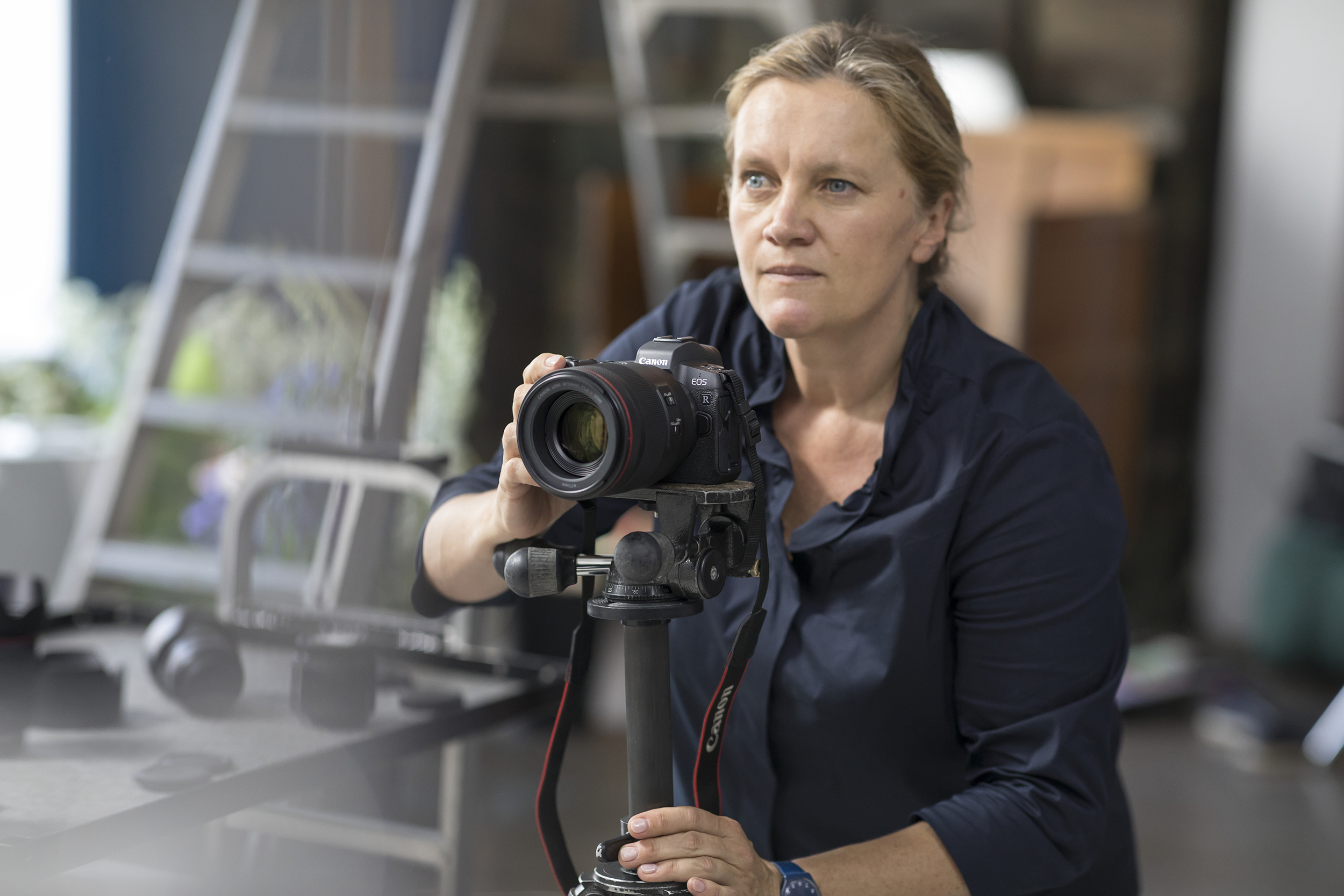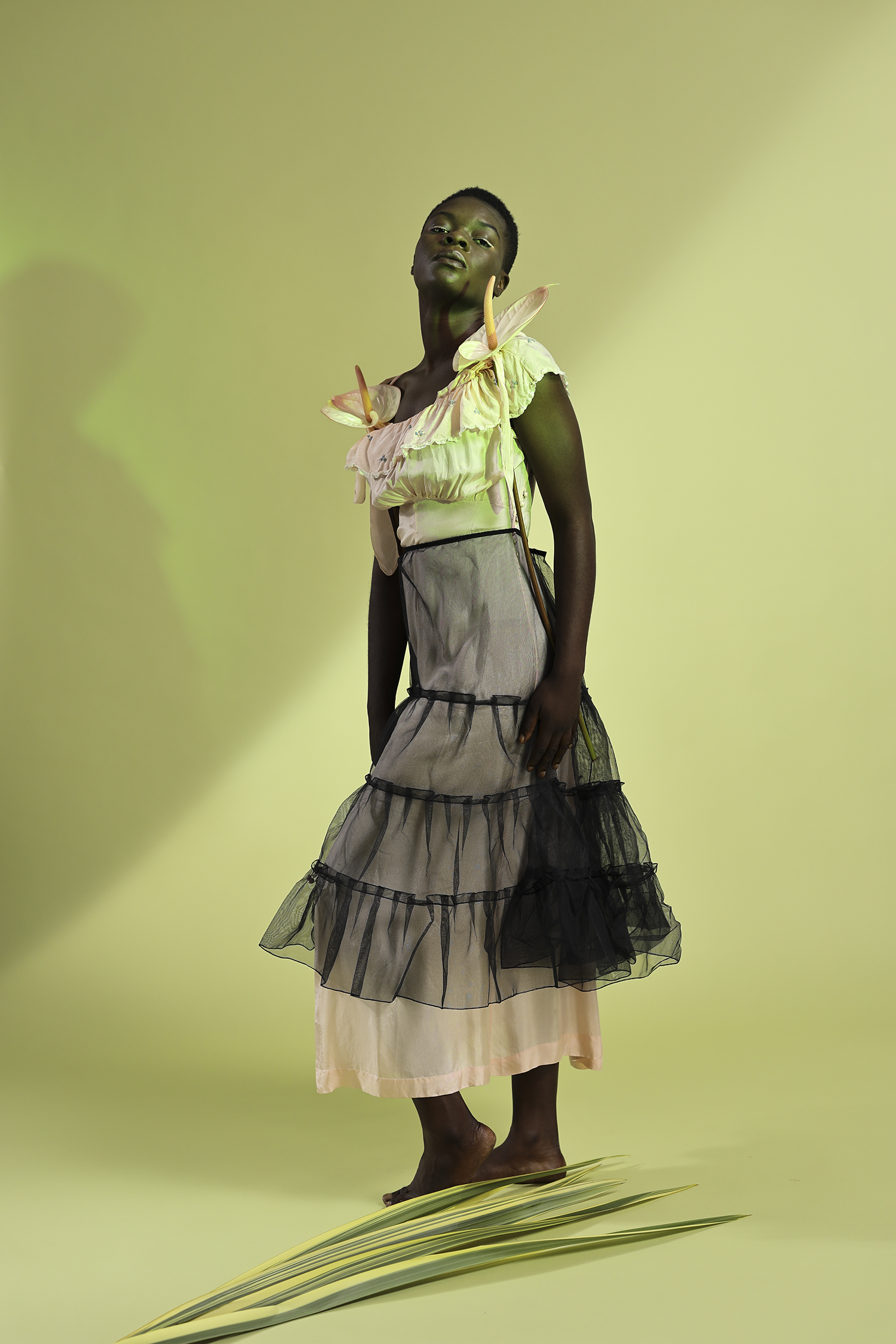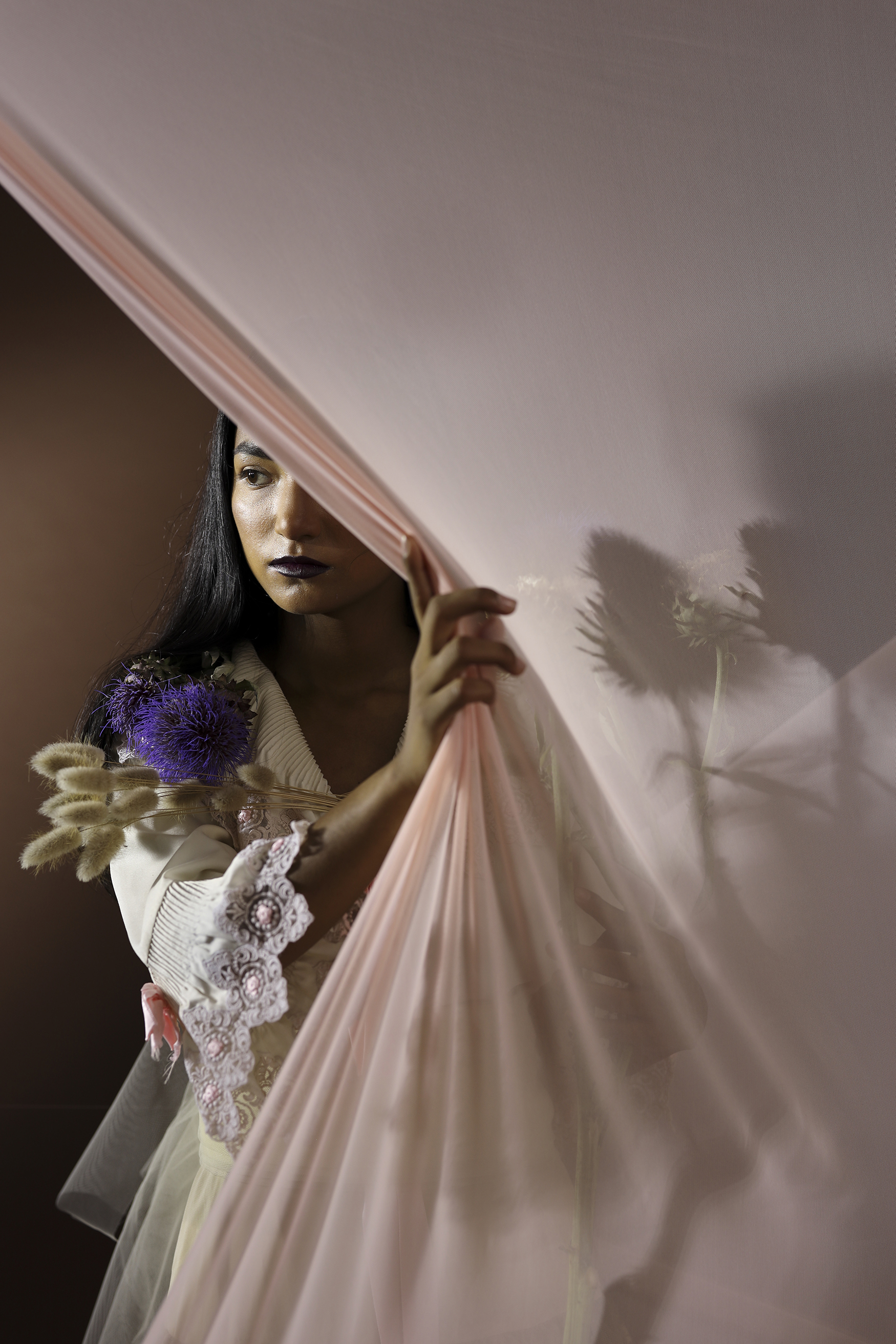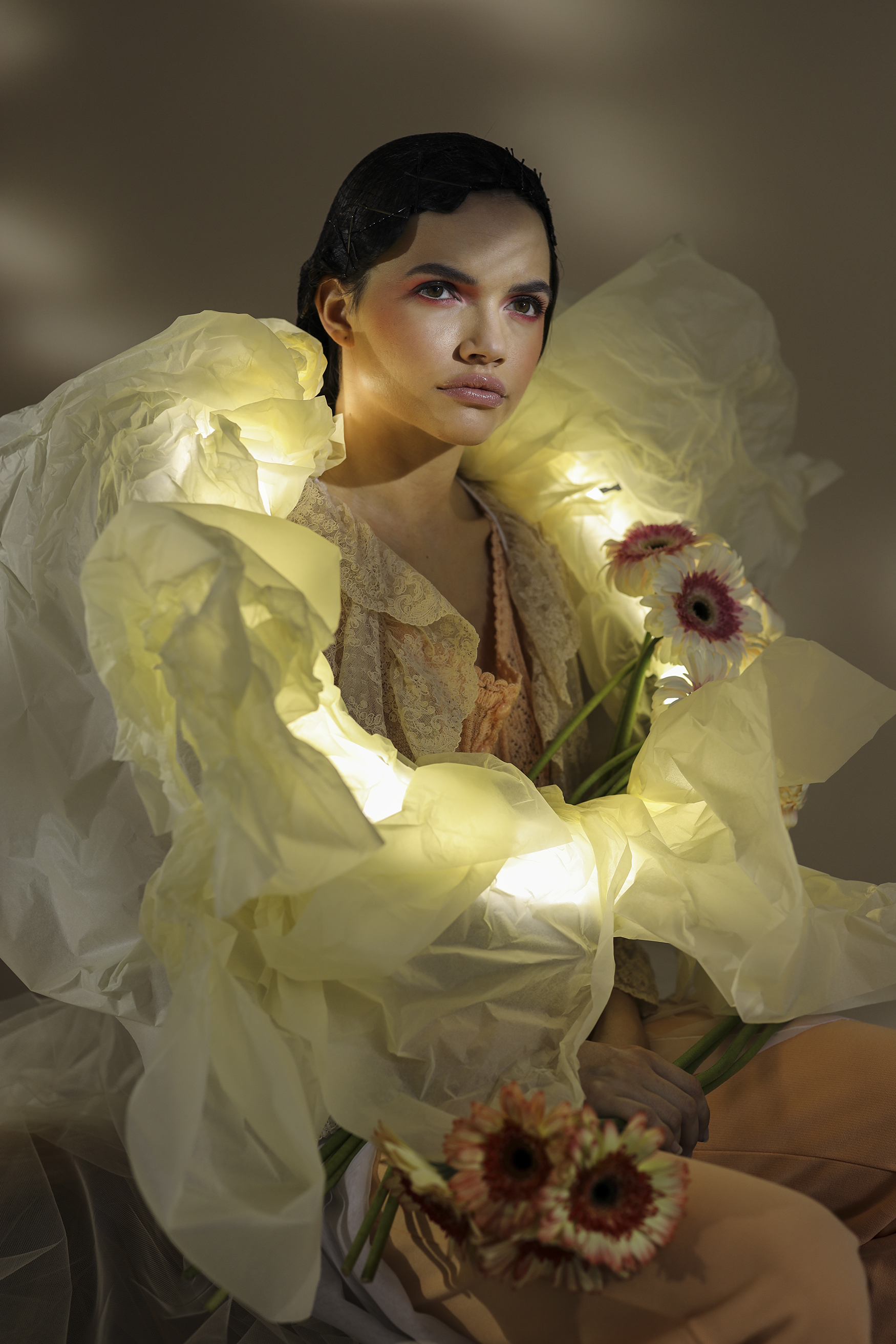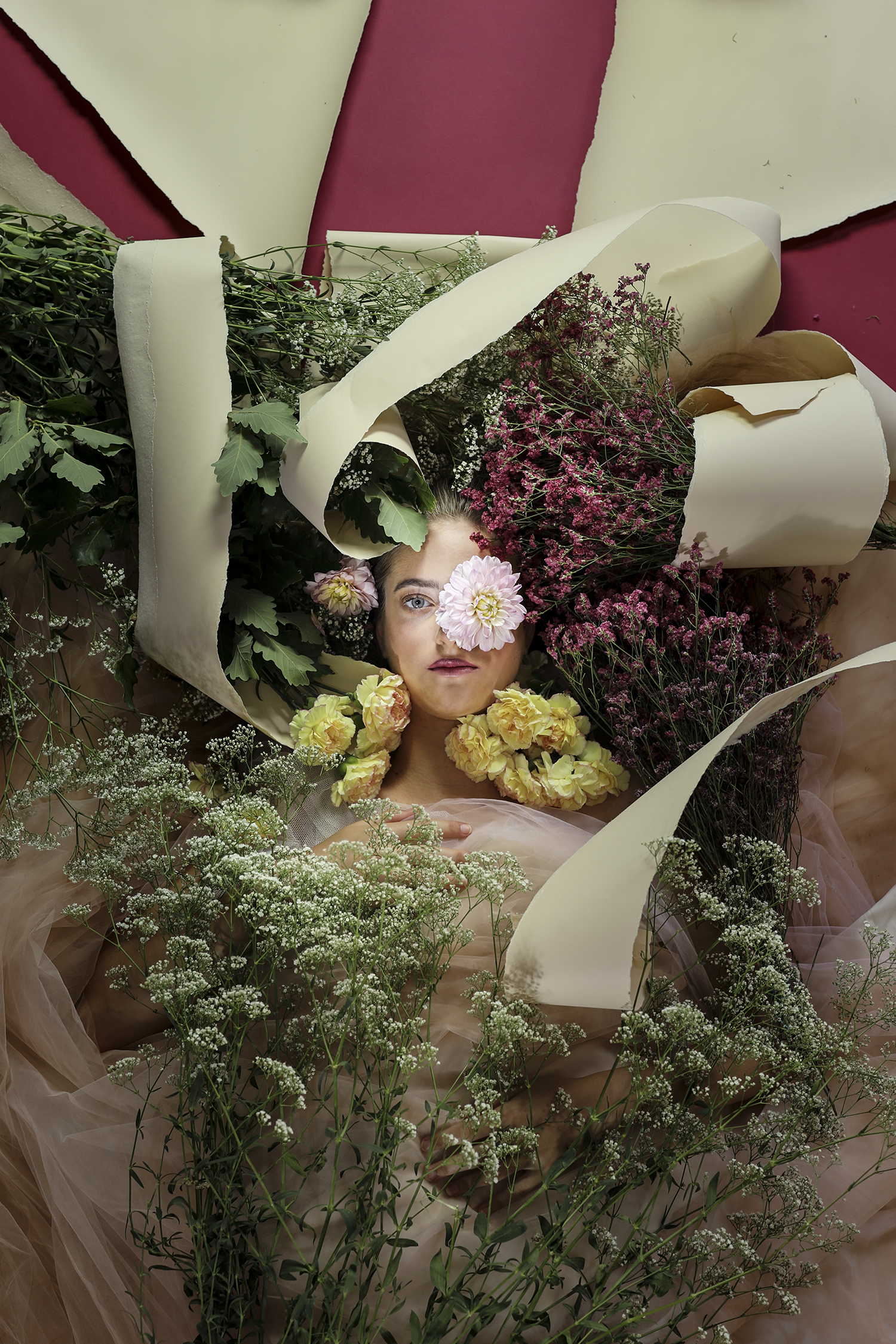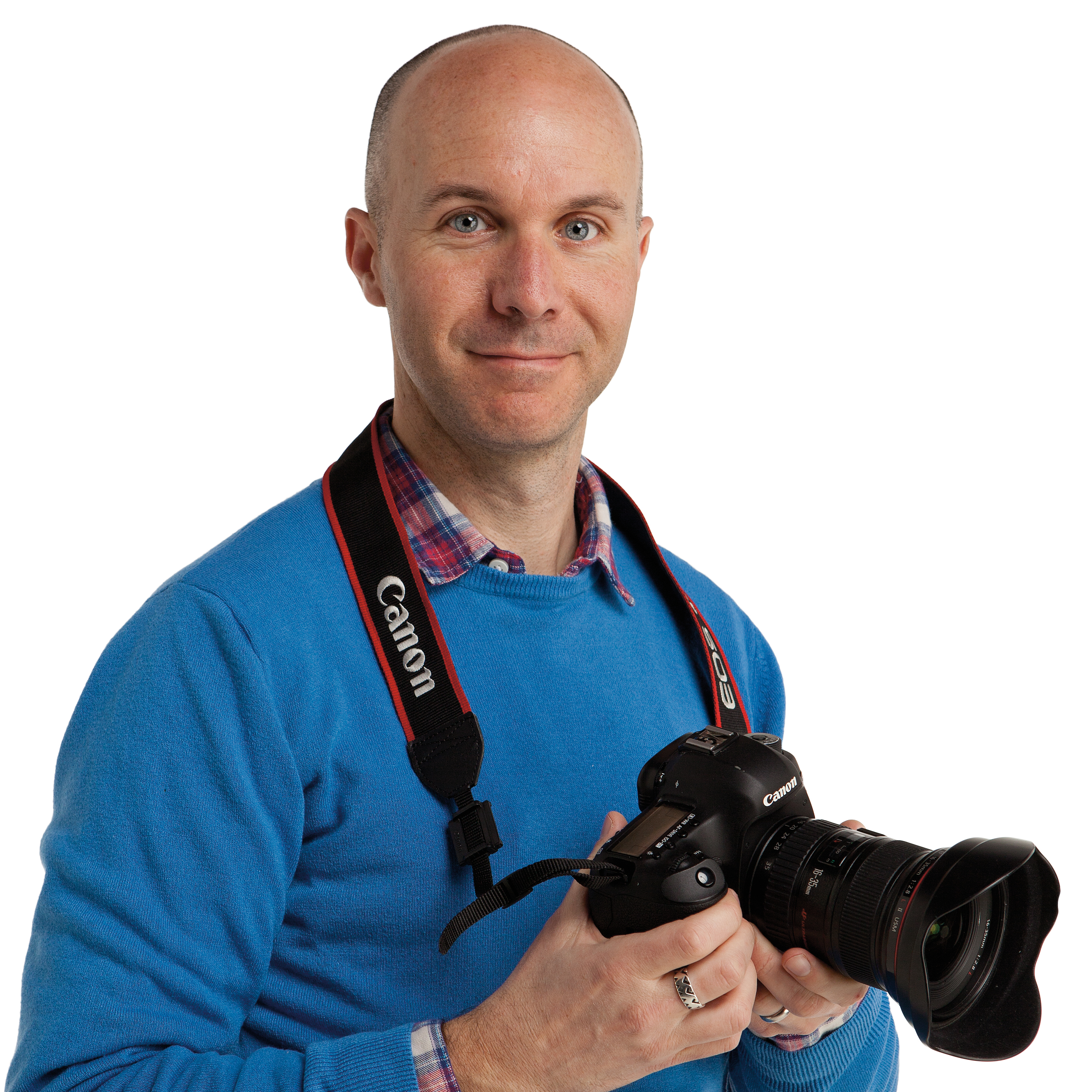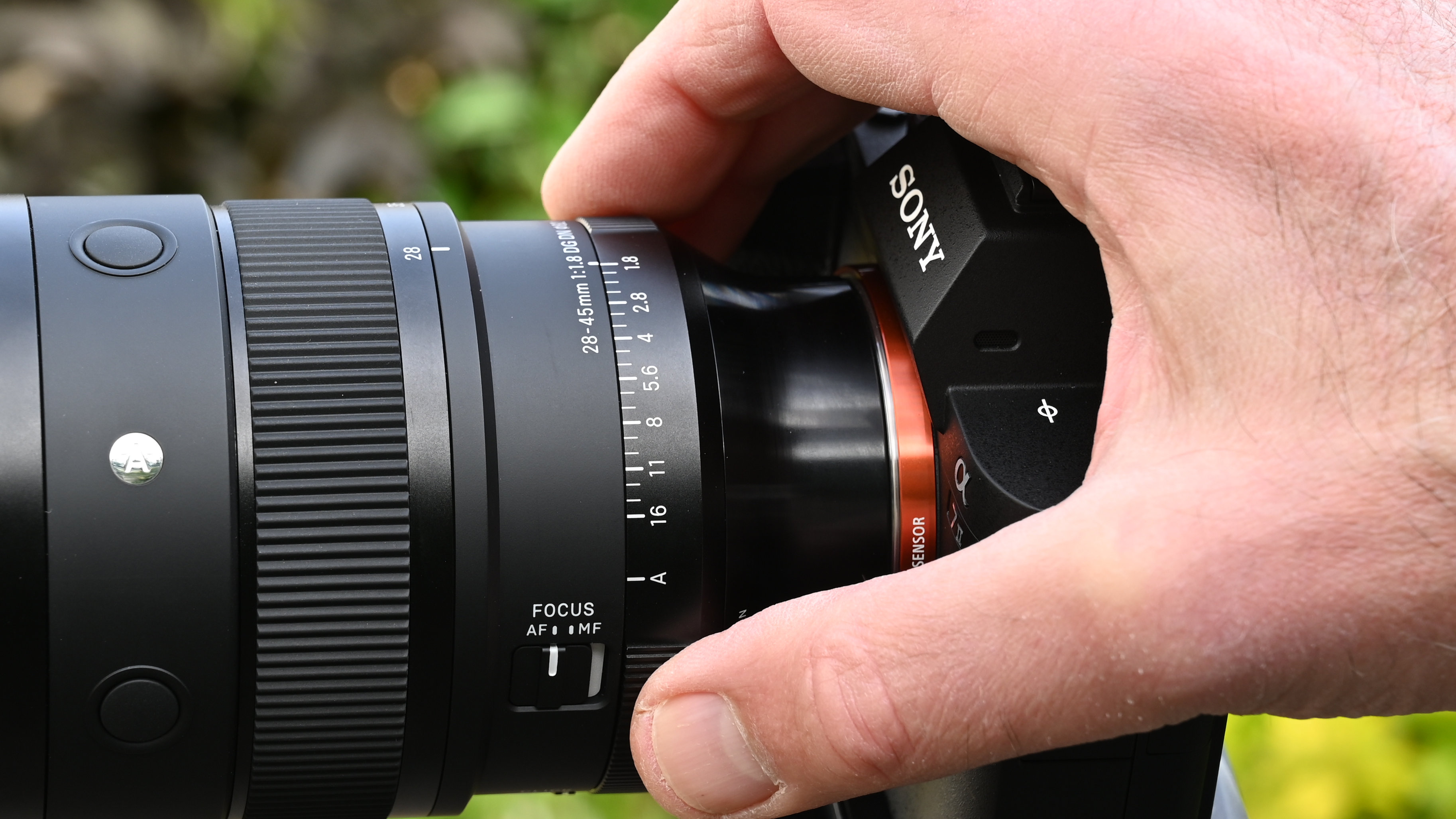International Women's Day: Guia Besana's project inspired by freak shows and personal illness
To celebrate International Women's Day 2021 we speak to inspirational Canon photographer, Guia Besana
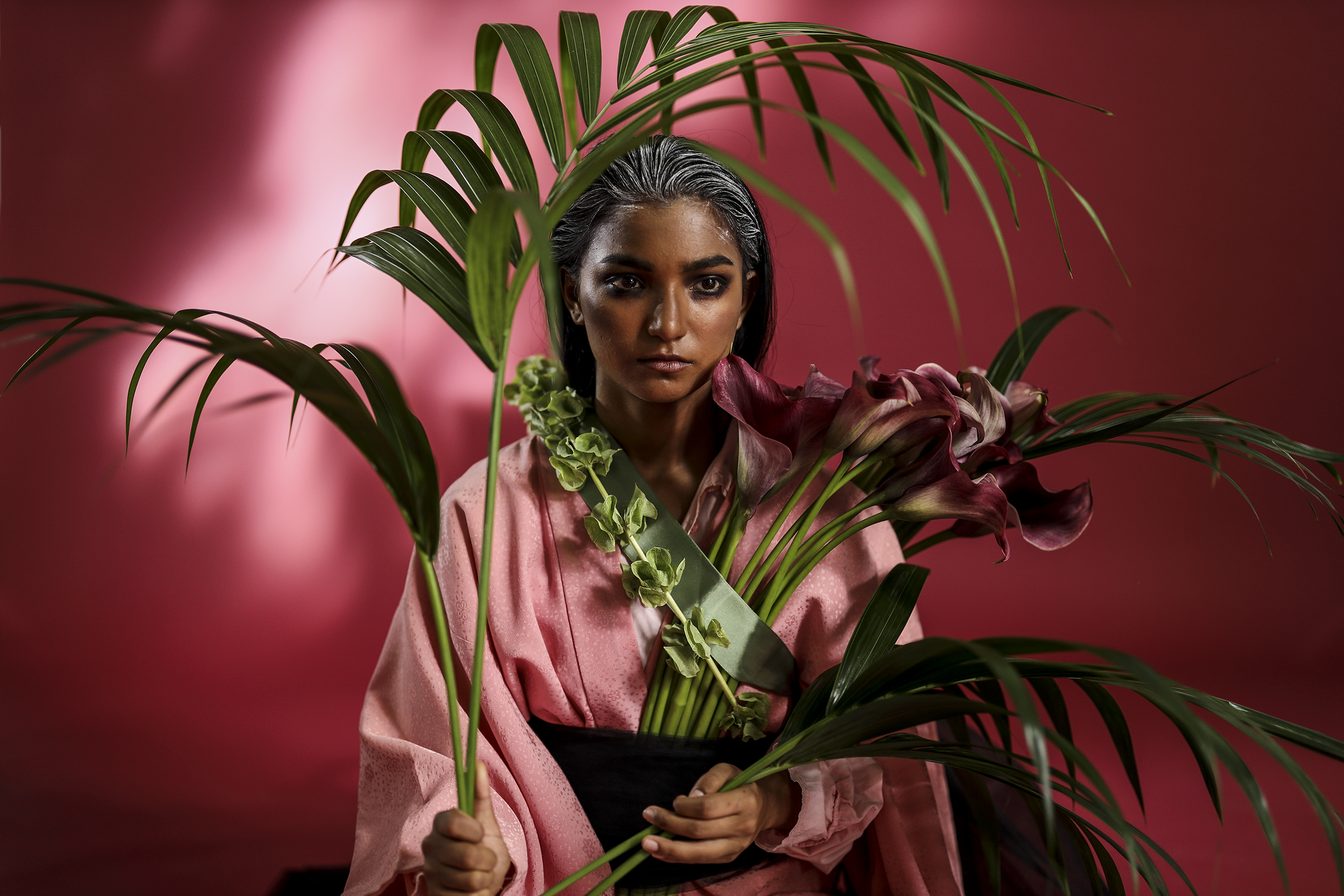
Barcelona-based Canon Ambassador Guia Besana discusses her latest series, Strangely Familiar – a project inspired by personal illness and the true story of a 19th Century female freak show.
Guia started out in photojournalism but made the move from fact to fiction after the birth of her daughter in 2007, and the consequent internal conflict she found herself facing as a new parent with professional ambitions.
Besana's latest series, Strangely Familiar, uses stylized fiction to examine very real discrimination against women who are judged to be different – both in centuries past and today. The project was entirely shot using the Canon EOS R5 and the Canon RF 50mm F1.2L USM lens.
To celebrate International Women's Day we caught up with inspirational Guia with a quick 10 question-interview, and share her portrait photos from a previous Canon EOS R promotional shoot…
1. What inspired you to create Strangely Familiar?
I was having breakfast one morning with my daughter, and I took a sip of my coffee and it spilled down me. My 10-year-old daughter said, "There's something strange about you, mum, it's your mouth." Sure enough, when I checked in the bathroom mirror, one eye was gaping open, my mouth drooped down on the same side. I was terrified I was having a stroke, so jumped in a cab to the hospital where the doctors explained I was suffering from Bell's palsy, a temporary paralysis of the facial muscles.
Over the next three months my world appeared in a new way. I had to use a straw to eat and tape my eye closed in order to sleep, it was a nightmare. I found myself conscious of other people's gaze and recognized I lost a degree of privilege, and it made me realize what it means to be privileged. Two and a half years on, and almost completely recovered that change of perception interested me.
The best camera deals, reviews, product advice, and unmissable photography news, direct to your inbox!
2. Tell us about Julia Pastrana and why you chose to photograph her specifically?
I began to research 19th Century freak shows, coming across the figure of Julia Pastrana, a Mexican woman born with a genetic condition that meant her face and body were covered in hair. Exploited and ridiculed, Julia appeared in a show, The Ugliest Woman in the World. Strangely Familiar, is inspired both by Julia's story and my own experiences, and how it fits within a wider approach of using fiction to reflect on the realities of being a woman today.
3. Although staged, Strangely Familiar has two points of reference based in reality – your experience and Julia Pastrana's story. What made you want to weave them together?
I can't compare my experience with Julia’s life, but it was the spark. I wanted to explore her isolation, her solitude and also her resilience. For me, that experience made me a better person. I remember sitting on a bus where everybody was looking at me. One woman in particular seemed disgusted.
This inspired a picture in the series showing a group of people in the fog, which is about the randomness with which you're born into a situation. There is no justice. I wondered about the lives of these other people, of this woman. Freak shows existed to make people feel better by seeing that someone else's life was worse than theirs. That still exists today – in the way we judge each other on social media, and on that bus.
4. Do you think that this says something bigger about how women are treated visually?
Yes. Women have this pressure to be perfect, aesthetically. But these are the different ideas that you can bring to the image. My work always starts from me, from a personal situation, and then I slowly universalize it. I don't have one audience or one meaning in mind – it's about creating discussions around the topic.
5. What emotions did you want to stir with these images, and how the silicon mask worn by the model contributes to this?
You are disturbed when you see those pictures. But there's something real in there that I lived. I didn't have the budget to have someone made up professionally for every shoot, so I commissioned the mask from an Italian special effects studio. I asked them to keep something about Julia Pastrana in the hair, but to mix it with something more contemporary. From the first pictures, I felt there was something uncanny about it that I didn't like. But because of that, I wanted to go with it and see what happened. That's the uncanny that people felt when they saw me.
6. You chose to case a non-professional model as Julia Pastrana, why was that?
I often find when you use a professional model, they only give you one thing and that's it. People who aren't models can give you much more. Or they give you something less and that's interesting in a different way. Photographically, you become more creative because there's an exchange, they are participating in your creative process.
7. What’s your creative process for Strangely Familiar?
Often it starts with the location. I see a place I like that matches up with an idea in my mind and I start working around it. These pictures aren't scenes taken directly from the life of Julia Pastrana; they explore the things that connected us. My process is about composing. It's about trying to find things in the real world – locations, costumes, people, props – that best express my thoughts.
8. What kit did you use for this project?
I shot these images on a Canon EOS R5 and a Canon RF 50mm F1.2L USM lens, using a tripod. The focus on the EOS R5 is incredible, and the RAW files are huge, which is important for fine art photography, especially as I like to print my work large-scale when I exhibit it. I also find it to be such a customizable camera – you can set it to follow your way of thinking, which makes the process run smoothly. It's like a best friend to me!
9. You started out in photojournalism, often making work about women's experiences. Was there a moment when you became disillusioned with the genre and turned to fiction instead?
Even when I was doing reportage, I would look at work by Gregory Crewdson and Stan Douglas. Those people have always represented the kind of photography that I liked. I would never change the position of objects, but I was looking for frames that could be read in different ways. When I became pregnant with my daughter, my priority was motherhood. I had this conflict where I wanted to be the 'good mother', but at the same time I wanted to be the photographer and I was ambitious. I decided that motherhood and conflict would be my next subject. I started to create scenes that described what I was feeling, what my friends were talking about. This was 2007 – talking about the baby blues was taboo then.
I showed the work to an Italian photo editor, who encouraged me to continue, and then I won the 2012 Amilcare Ponchielli GRIN award. That recognition showed me there was space for this kind of storytelling that came from reality but was fictionalized. I'd also started to feel that traveling around the world and telling stories of different cultures was problematic. In the 1960s, '70s and '80s, big photographers would have the budget to spend months covering these stories, understanding them. Now, this is rarely possible. If you're traveling to different places, it's hard to truly understand the situation. By telling stories in this other way, I could be honest. I felt freer.
10. Is there something about 'fictional' photography that you feel makes it suited to capturing women's experiences in particular?
No. There are photographers that are men who do this. It's more about a need to expel something. My focus on female experience is because I'm a woman. Then again, if I'd been a man, I wouldn't have gone through pregnancy so maybe I would have continued with my journey as a photojournalist. Is it because I'm a woman that I make this kind of work or because being a woman made me see things in a different way? This is up for discussion. If you ask me, 'Do you consider yourself a feminist?', of course I would say yes, but that wasn't the point when I started. The point was to explore the things I was feeling and express them.
Read more
Canon RF 50mm F/1.2L USM review
Canon EOS R5 review
Canon EOS R review
Best Canon camera
Best Canon RF lenses
The former editor of PhotoPlus: The Canon Magazine, Peter has 18 years of experience as both a journalist and professional photographer. He is a hands-on photographer with a passion and expertise for sharing his practical shooting skills. Equally adept at turning his hand to portraits, landscapes, sports and wildlife, he has a fantastic knowledge of camera technique and principles.
He is the author of several published photography books including Portrait Photographer's Style Guide, and The Complete Guide to Organising and Styling Professional Photo Shoots with fellow portrait pro Brett Harkness.
Peter remains a devout Canon user and can often be found reeling off shots with his Canon EOS DSLR and EOS R mirrorless gear. He runs Peter Travers Photography, and contributes to Digital Camera magazine.
